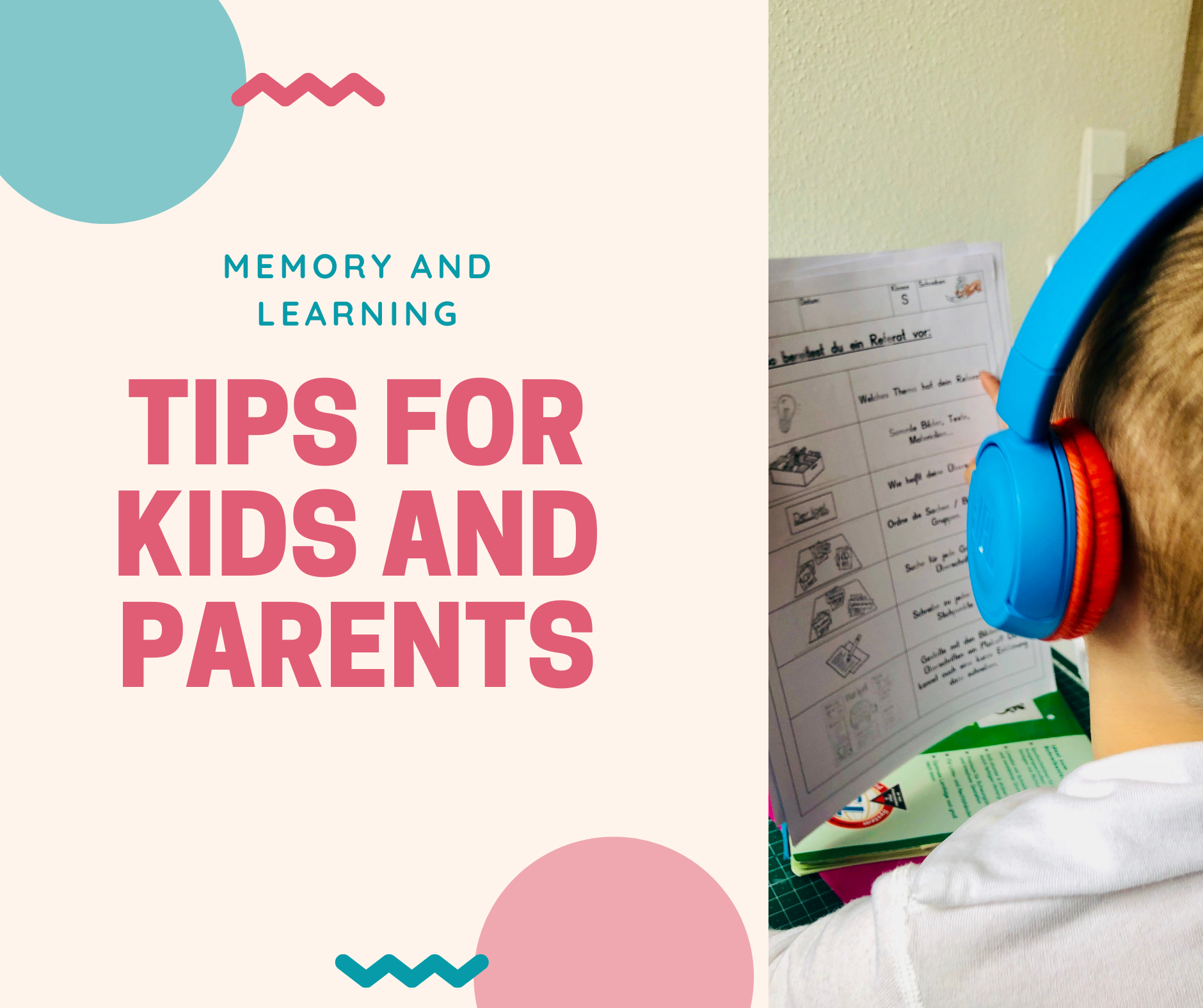Kids and nature

What you see below are not my kids. And this is not a tree log they are sitting on. You are looking at two astronauts flying to Mars in a rocket. And these are not leaves around them. These are tickets you need if you want to get on the rocket. They can also be maps and radars showing the way to different planets.

And while you are playing outdoors with your kids, how about learning some interesting facts about nature:
- There are twelve times more trees on Earth than stars in the Milky Way. (Or so it was in 2018, according to this article.)
- Some of the highest mountains are at the bottom of the sea.
- 70% of the world’s animals depends on forests for their homes.
In this article you can read more about:
Kids and nature
Obviously, spending time outdoors helps children develop their imagination. Besides fostering their creativity, there is also a practical side of taking your kids to forests, parks, and playgrounds. As most parents know, kids have a lot of energy. A lot. And this energy has to be channelled into something and spent somewhere. Now, this can be a flat or a house, filled with many things that can be broken, smashed, torn, and destroyed. Our nerves and tolerance threshold included. Or it can be an open space. Even though we assume that living in a closed space is normal, it is actually the opposite. For 99 percent of human history, people did most of their everyday activities outside. This is why Dr. Karp[i], a nationally renowned expert in child development, compares having your kid spend their days inside to inviting a Tarzan living with you. Children have to move – grab, turn, crawl, walk, jump, spin, run, skip, climb, roll… And if you ask Dr Rajovic, the founder of Mensa in several countries and the author of the program NTC learning system[ii], this is the most important job children have. So, let them be little Tarzans. But outside.
Living close to nature and spending time outdoors have significant and wide-ranging benefits, according to many studies, for example, this recent one[iii]. This research team studied data from 20 countries and found that spending time in, or living close to, natural green spaces is associated with diverse and significant health benefits. It has something to do with having more opportunities for physical activity and socialising. Meanwhile, exposure to a diverse variety of bacteria present in natural areas may also have benefits for the immune system and reduce inflammation. Just think of all the things kids touch, lick, and taste when they are outside.
Benefits of spending time outdoors
Creativity and imagination.
This part is evident from the picture above. Spending time outside usually isn’t planned, and it allows your child to use their imagination and move at their own pace. As we have seen, tree logs can turn into spaceships, sand can become pixy dust, and children can turn into whatever they want. They can think more freely, design their own activities, and approach the world in inventive ways. This is when a pile of rocks becomes a spaceship and needs some engineering solutions to make it stop falling over.
Intellectual development.
Nature is like a giant learning laboratory. And, according to a study on spontaneous experiments in preschoolers' exploratory play[iv], every child is a natural scientist. Interacting with natural environments allows children to learn by doing and experiment with ideas.
Health.
The role of movement and spending time outdoors should not be overlooked when addressing the increase in colds, illnesses and allergies in childhood[v]. No matter how gross it sounds, bacteria, viruses and other things in the soil actually help the immune system. And don't forget some sunshine and vitamin D.

When they are outside, children are not as restricted as when they are indoors. In forests or parks, they can crawl, climb, run, dig, roll, and jump. They can do what they are programmed to do, according to Dr Rajovic, and it makes them happy.
happy child = happy parents
Love for nature.
Children will want to take care and look after what is familiar to them.

Different stimulation.
Spending time in nature activates more senses—children (and grown-ups) can see, hear, smell, and touch different things. Sometimes it is listening to birds and feeling a tree crust, and sometimes it also means getting your hands covered in mud and slime or being stung by a nettle.

Walking. Climbing. Falling over. Climbing again. Hanging from branches. Jumping over or into puddles. Running after birds or ducks. Chasing a brother or a friend. All of these activities help children strengthen muscles and develop physically. And once they get drained and exhausted, parents can also get some exercise pulling their sledge up the hill for the millionth time.

Will they get dirty? Is that even a real question?
Is it worth it? By all means.
When kids are small, there isn't much nagging needed to get them outside. You just have to take them and go out. As they grow up, children start expressing their wishes and dislikes more openly. Then it is time for some motivation.
Just in case you are looking for some ideas for outdoor activities, here are a few we tried out with our kids.
[i] Karp, H. (2008). The Happiest Toddler on the Block. New York: Bantam Dell.
[iii] University of East Anglia. "It's official -- spending time outside is good for you." ScienceDaily. ScienceDaily, 6 July 2018. <www.sciencedaily.com/releases/2018/07/180706102842.htm>.
[iv] Cook, C. et al. (2011). Where science starts: Spontaneous experiments in preschoolers’ exploratory play. Cognition, 120 (3), 341-349
https://doi.org/10.1016/j.cognition.2011.03.003
[v] Hanscom, A. (2016). Balanced and Barefoot; How Unrestricted Outdoor Play Makes for Strong, Confident, and Capable Children. New Harbinger Publications.

